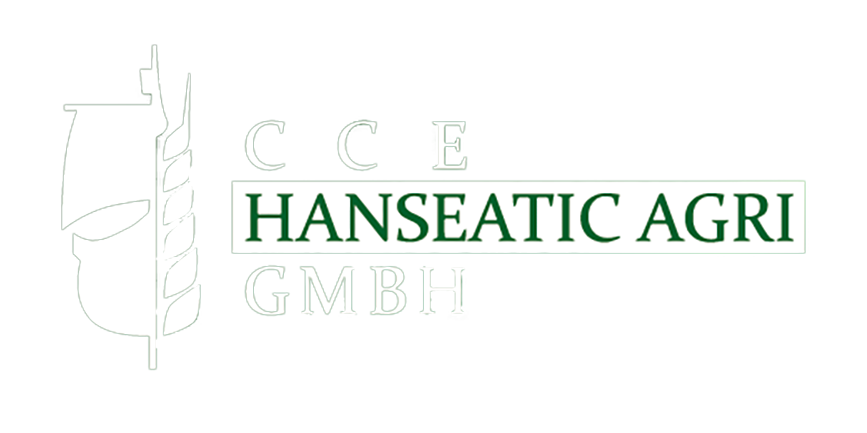Everyone involved in the pet food industry aims to innovate continually, enhancing products with new ingredients, nutritional discoveries, and health claims to serve family pets’ needs better.
However, the approval processes for these innovations are often cumbersome and slow, hindering the pace at which new solutions can reach the market. For Pet Food Manufacturers, streamlining these processes is essential for keeping up with advancements and ensuring the safety of new products.
Current Changes in Labeling and Regulations
Significant changes are underway in the pet food industry’s regulatory landscape. The introduction of the 2024 Association of American Feed Control Officials (AAFCO) labeling requirements, known as Pet Food Labeling Modernization (PFLM), will dramatically alter how packaging looks and significantly impact the financial burden on manufacturers.
This initiative is part of a broader push to update pet food regulations, providing dog and cat owners with clearer information about the contents of pet food, thereby facilitating more informed purchasing decisions.
- Impact of PFLM: Redesign of packaging to enhance consumer understanding.
- Financial Implications: Billions in costs to implement new labeling standards.
Simultaneously, the PURR Act of 2024 seeks to cut through the red tape of pet food regulations, promising a smoother regulatory pathway that could lead to the best nutritional outcomes for pets, much to the benefit of pet food makers and pet owners alike.
Historical Overview and Current Regulatory Challenges
The regulatory framework for pet food has its roots in the Food, Drug, and Cosmetic Act of 1938, designed to tighten controls over drugs and foods. The 1958 food additive amendment introduced the concept of Generally Recognized As Safe (GRAS) substances, simplifying some aspects of food safety approval.
Despite these progresses, the pet food industry still faces costly and outdated regulations that stifle innovation and adaptation. The Federal Food, Drug, and Administration (FDA) plays a critical role, but the pace of regulatory approval remains slow compared to the more dynamic human food industry.
Comparative Analysis of the Human Food Industry
Thanks to a more streamlined approval process, the human food industry has successfully integrated hundreds of new ingredients into the market with far fewer hurdles.
This contrasts starkly with the pet food industry, where pet food manufacturers nationwide struggle with a rigid, controlling, and often unpredictable regulatory environment. This disparity highlights the urgent need for updated pet food regulations that can keep pace with nutritional science and consumer expectations.
Proposed Reforms for Pet Food Ingredient Approval
To address these challenges, we propose several reforms designed to accelerate the approval process for new pet food ingredients, ensuring pet food makers can bring innovative and safe pet foods to the market more swiftly:
- Establishment of Expert Panels: Panels of experts in nutrition, veterinary medicine, and food science should be formed to review new ingredients.
- Streamlining Approval Processes: We are introducing a faster, more efficient process for pet food label approvals, particularly for ingredients already recognized as safe in the human food sector.
- Regular Review and Updates: Continuous reassessment of existing ingredients and regular updates to the regulatory frameworks to reflect the latest scientific knowledge and market trends.
Call to Action for Industry Collaboration
The path forward requires a collaborative effort among pet food manufacturers, the Food and Drug Administration, the Pet Food Institute, and other stakeholders.
By working together, we can ensure that the regulatory environment evolves to facilitate innovation while maintaining pet food’s safety and nutritional quality. This collaboration will be crucial in overcoming the cumbersome and outdated approval processes seen as barriers to innovation.
Conclusion: Embracing a Future of Innovation in Pet Food
The pet food industry is at a crossroads, and embracing innovation is beneficial and essential. By updating and streamlining approval processes, we can unlock new potential in animal feed, providing dogs and cats with healthier, more nutritious food options.
It is time for all involved parties to commit to a future where pet food regulations support rapid innovation and where safe pet foods are made available through more efficient means.


